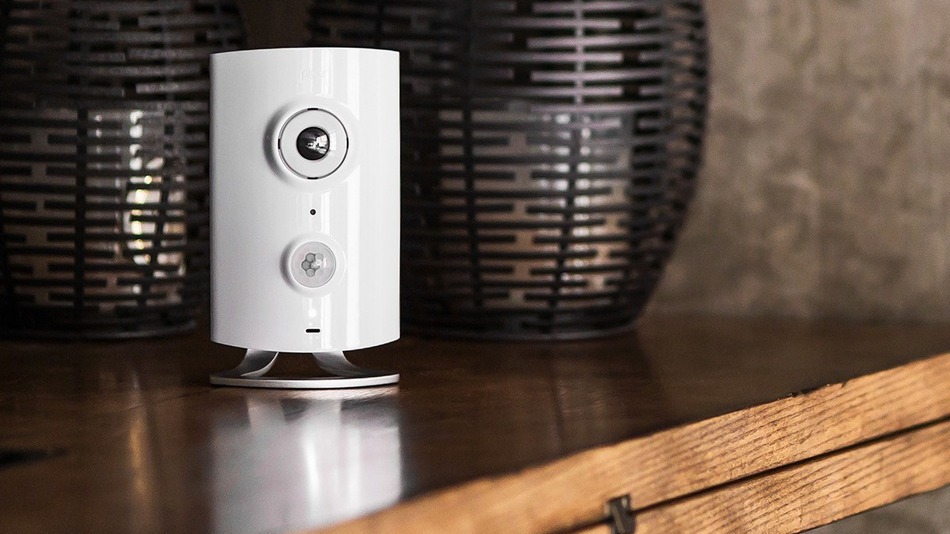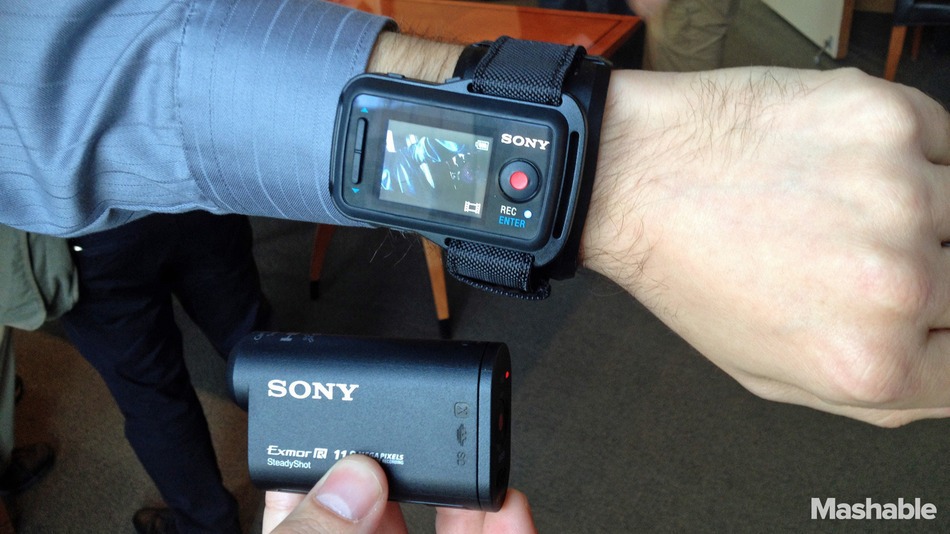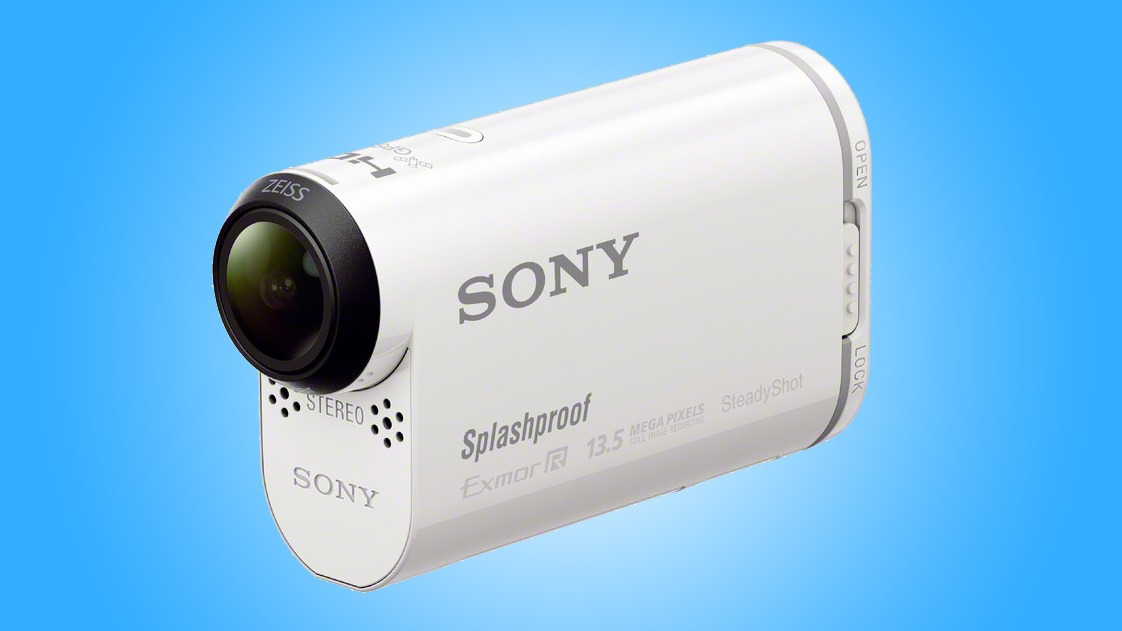Okay, so maybe this only applies to those attending Lollapalooza this summer. It isn’t officially time to rid ourselves of those green bills just yet. But, that does seem like a reality we are getting even closer to.
It was just announced that attendees of the three day music festival will be given wristbands to replace their wallets. Festival attendees will log their credit card information into a system and receive a bracelet using near-field connectivity technology allowing them to touch their wrist to the screen, enter a pin number and make a payment at all vendors. The wristband also function as the entry ticket for attendees so there is no way around not having one.
This is a great move forward for mobile payment systems. Not only does it make it easier for concert goers not to have to worry about carrying cash and credit cards around with them, but it’s a great sign for the future uses of devices like smartwatches. We could be approaching a time where something like a wristband will completely replace the credit card and leave cash even further behind in the dust.
What Sparks our Fire: Seeing an organization take advantage of new technologies and paving the way for innovative payment gateways at music festivals.
Where do you see the future of payments going?








